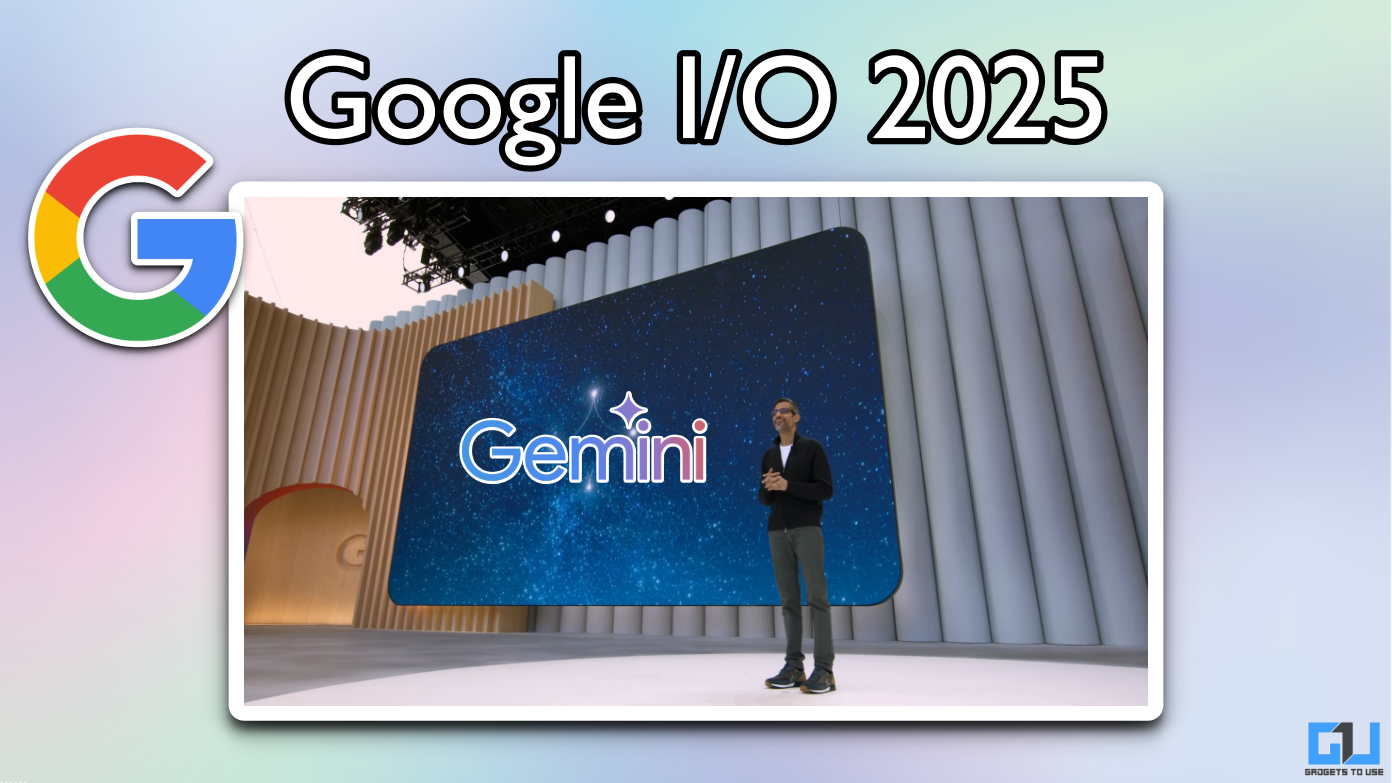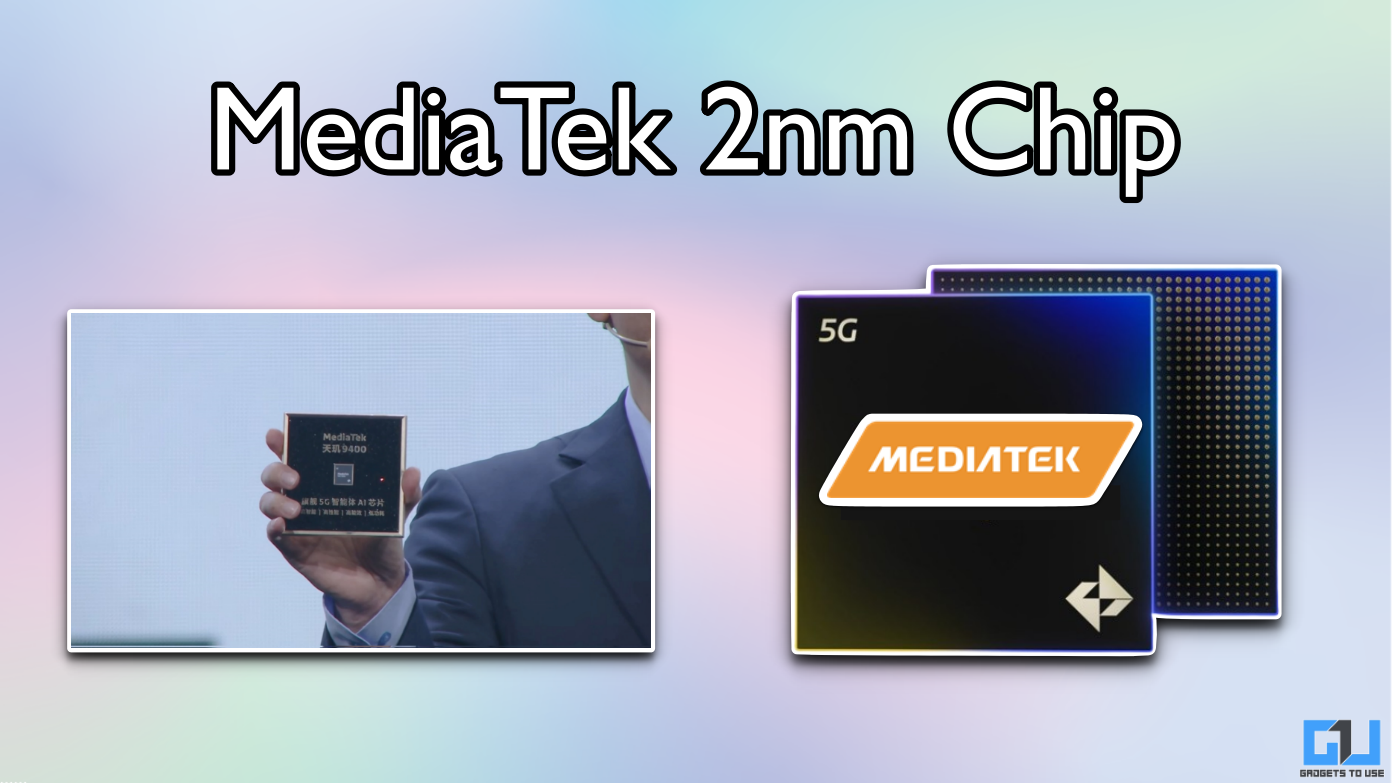Quick Answer
- Evident from the explanation above, a 60Hz display refreshes the picture 60 times a second, a 90Hz display refreshes the picture 90 times a second, whereas a 120Hz screen refreshes the picture 120 times a second.
- If you have a game that’s developed to push up to 120 frames per second and you’ve got a 120Hz display too, it’ll use its full capacity and run smoother provided that the processor is powerful enough to push all the frames.
- Compared to a standard 60Hz display, a 90Hz panel will feel smoother when you scroll through the UI, browse through the web, or use any app or game that supports the high refresh rate.
With more and more smartphones launching with high refresh rate displays, it’s getting quite confusing for an average consumer to understand the variation and whether they really need it. Therefore, in this article, let’s have a look at the difference between 60Hz, 90Hz, and 120Hz displays, alongside the basics of each.
What is Refresh Rate?
Before we get to 90Hz and 120Hz, you need to understand what exactly is the refresh rate. For starters, the display on any device, be it on a phone or computer isn’t static. Instead, it always keeps refreshing to update the screen with the latest content from the processor.
So, the number of times a display refreshes its content per second is known as the refresh rate of that particular panel. In even simpler terms, the refresh rate is the number of times your computer or phone’s display will redraw the picture or frame each second.
So, the higher the refresh rate, the smoother the display. It is measured in Hertz (Hz), and at present most smartphones and television displays bear a 60Hz refresh rate.
Are Refresh Rate and Frame Rate the same?
Now, many of you may confuse refresh rate with the frame rate. But no, they are different terms despite being related to each other. As noted, the former is the rate at which your screen refreshes its contents. It is directly tied to your display’s hardware.
On the other hand, the frame rate refers to the number of times a video or a video game refreshes its frames. It is dependent on multiple factors, including the display refresh rate, processor’s abilities, and the intended frame rate of the video file or the game itself.
If you have a game that’s developed to push up to 120 frames per second and you’ve got a 120Hz display too, it’ll use its full capacity and run smoother provided that the processor is powerful enough to push all the frames. Whereas, it’ll lower down the fps on low refresh rate screens.
60Hz vs. 90Hz vs. 120Hz Displays: Differences
Now that we are done with the basics, let us come to the main point- the difference between 60Hz, 90Hz, and 120Hz displays. Evident from the explanation above, a 60Hz display refreshes the picture 60 times a second, a 90Hz display refreshes the picture 90 times a second, whereas a 120Hz screen refreshes the picture 120 times a second.
A higher refresh rate means faster display, which increases the smoothness of graphical motions appearing on the screen. Compared to a standard 60Hz display, a 90Hz panel will feel smoother when you scroll through the UI, browse through the web, or use any app or game that supports the high refresh rate.
Similarly, the 120Hz display would aid for a much higher frame rate, i.e., double the standard 60Hz screens, making things look even smoother and snappy, without any jitters. It’ll also have lesser motion blur and slightly sharper picture quality, thereby reducing the stress on your eyes.
Watching content edited in 90Hz or 120Hz on a 60Hz panel could be affected by blurring and tearing effects. Whereas, there’s no such issue with high refresh rate screens. The former is also capped for a maximum frame rate of 60fps, while the limit increases to 90fps and 120fps depending on the panel’s refresh rate.
Do you need a Phone with a 90Hz or 120Hz display?

Now that the world is slowly moving towards smartphones with high refresh rate screens, do you really need one for yourself? Well, it depends.
While features like 90Hz & 120Hz are gradually becoming popular marketing terms, we won’t suggest buying a phone solely based on the screen’s refresh rate. Even if it’s all boiled down to the display, we would still consider other factors, including the overall quality, resolution, contrast, color gamut, etc.
Moreover, the extra smoothness you get with these fancy panels comes with its own set of drawbacks. Firstly, pushing more frames offers more stress on the processor and also requires more juice to run. Hence, it may take a considerable toll on your battery life.
Furthermore, we don’t have enough content made for such high refresh rate screens. Majorly of videos and films are still recorded on low frame rate, and streaming services like Netflix and Prime Video are yet to offer any support for the same.
Only a few games in the market, like PUBG Mobile and Asphalt 9, are optimized to deliver higher frame rates. So, if you’re a hardcore gamer and reluctant to enjoy smoother gaming and snappier UI, you’ll be good with a phone having 90Hz or 120Hz panel. If not, there’s no point in rushing to upgrade to one.
Also, read- Ways to Fix Slow Charging on Android














